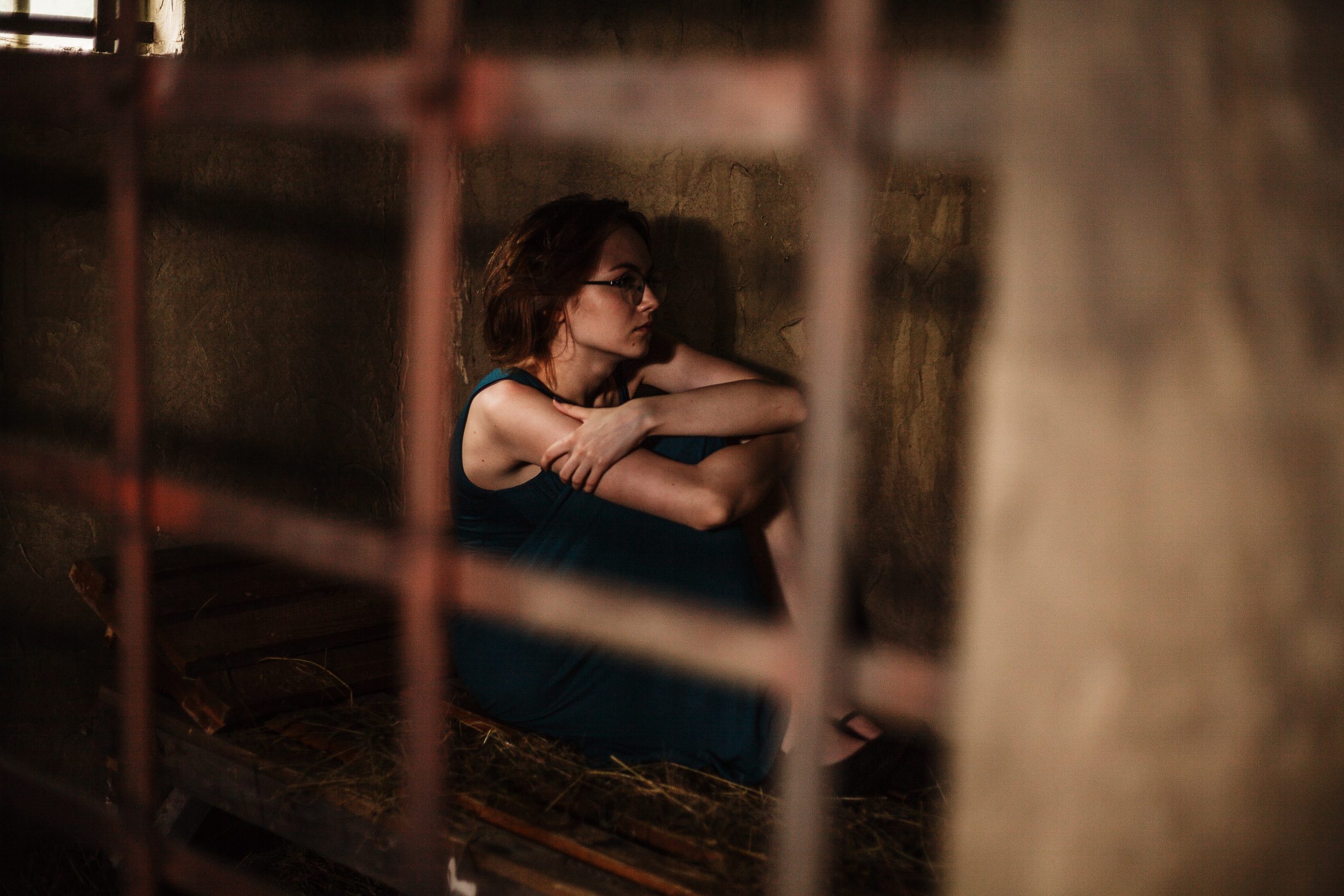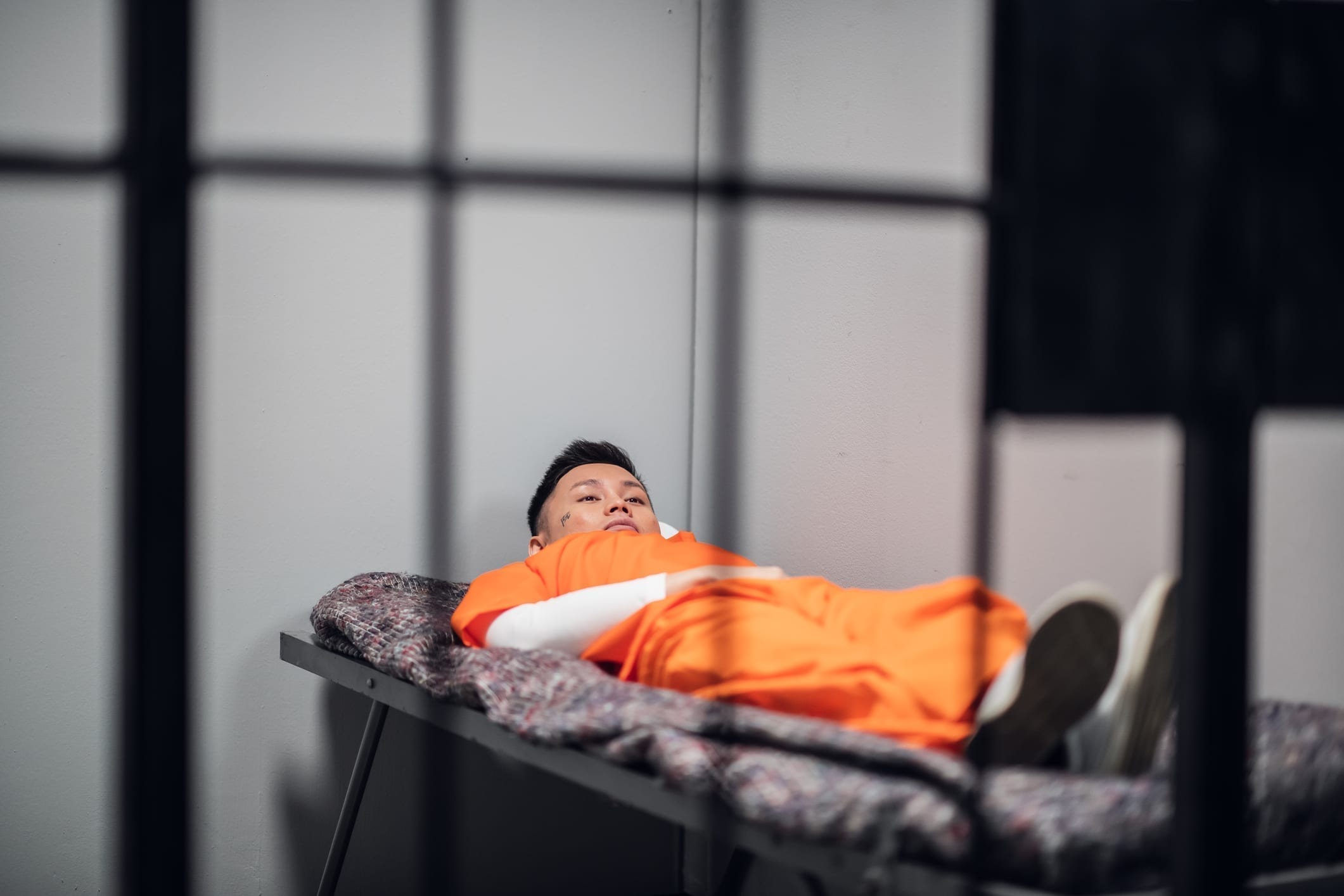No one thinks jails or prisons are comfortable. They’re built more like fortresses than homes. With concrete walls and floors, it’s hard to set a prison temperature standard. But in some states, cells with extreme heat or cold may violate your rights.
What are the rules about temperature in a prison?
Some states say that prisons can’t have extreme heat or cold. These states believe that extreme temperatures violate the Eighth Amendment. That constitutional provision protects you against cruel and unusual punishment by the government. But not all states agree. Without a firm standard, some states don’t have many rules about how hot or cold the prison can be.
Prisons don’t even have to use air conditioners. This may mean that, sometimes, it’s warmer in your cell than it is outside. Unless your state has a standard, there’s not much you can do. Staff members don’t have to offer fans. They can give you water to drink or cold showers if they want.

Who is in charge of how hot or cold it is in a prison?
One problem incarcerated people have is that there is no one in charge of the conditions at all prisons. This means that each facility can make its own rules about temperature. Some install central fans or air conditioners. Others say that incarcerated people should be uncomfortable. They think it makes them look tough on crime.
The Bureau of Prisons (BOP) does not set a standard for federal prisons. But it does give them target temperatures. According to the BOP, prisons should be around 76 degrees in summer and 68 degrees in winter. These rules don’t apply to state prisons or local jails.
Many federal prisons have air conditioning in most of their prisons. But most prisons try to offset extreme heat in other ways. They use central fans or provide cold showers. This hasn’t stopped some people in prison from filing lawsuits against prisons. These suits call on prisons to protect sensitive prisoners. Judges often side with people in prison but refuse to set prison temperature standards.
What should you do if extreme temperatures affect your health?
Even though prisons don’t have to follow rules about how hot or cold it is, you do have some rights. If you have a medical condition that makes it hard to breathe in extreme heat, you might get a transfer. In states like Texas, judges have ordered prisons to move incarcerated people to prisons with air conditioning in some cases. This happens most often if the heat is dangerous to your health.

The same is not true of extreme cold, though. Most assume that extra blankets or additional layers of clothes will be enough to keep you warm. Incarcerated people in New York described shaking with cold during the winter. When staff didn’t listen, they filed complaints. The problem is that courts won’t step in and set a standard. Prisons can choose when to turn on the heat or close windows.
Sometimes, people in prison work with their lawyers to make changes. This happens when staff harasses or punishes incarcerated people with extreme temperatures. If this happens in your prison, you can contact an attorney to challenge the punishment in court.
The Takeaway:
Prisons do not have a rule for standard temperatures. Each facility gets to choose how hot or cold it is. Federal prions have guidelines, but these are not strict rules. If you have an illness, a judge might grant you a transfer to a different prison.
Are you wondering about your rights in prison? Curious about how to file legal claims from inside of prison? Stay tuned to How To Justice for more info about the prison system.






